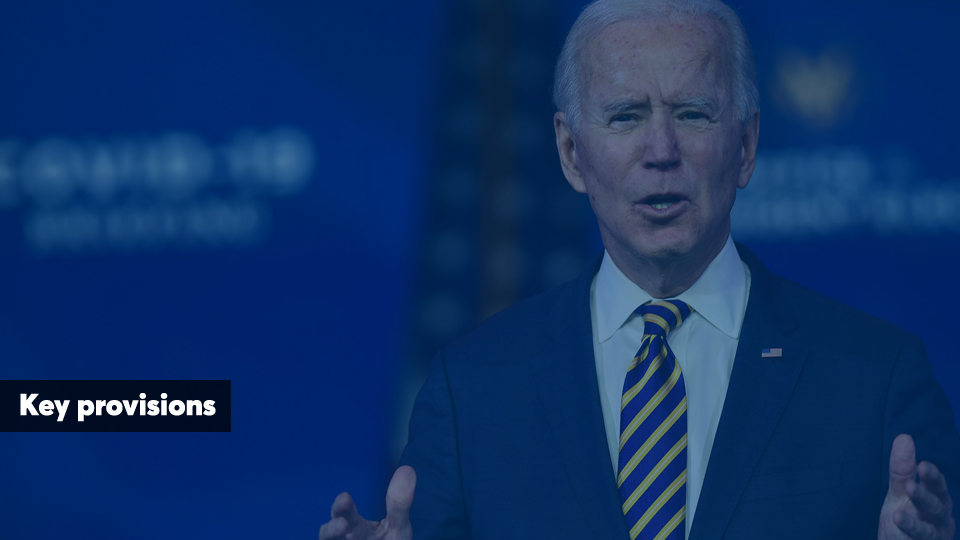President-elect Biden’s $1.9 trillion COVID-19 relief plan is designed to both pump money into the economy and contain the coronavirus pandemic.
The plan includes a wave of new spending, including more direct payments to households, an expansion of jobless benefits, more money for state and local governments and an expansion of vaccinations and virus-testing programs. The proposal also calls for a $15 federal minimum wage and more eviction protections.

Biden’s “American Rescue Plan” comes as deaths from the coronavirus hit record levels and local governments expand lockdowns to stem the pandemic’s spread during the winter months. New unemployment claims surged in the latest weekly count by the most since March, and the economy lost 140,000 jobs in December.
The plan, if enacted, would rival the $2 trillion March 2020 CARES Act in size and scope and follow a $900 billion December relief package. Biden expects to propose a second economic recovery plan in coming weeks, aimed at longer-term job creation and development goals such as climate change.
Some of Biden’s key provisions, including the stimulus payments, jobless benefits and $15 minimum wage, could likely be passed using a fast-track process known as budget reconciliation, which would permit Democrats to pass the bill through the Senate without needing Republican votes. However, other measures including vaccine funding and money for schools and state and local governments, might require Democrats to come up with workarounds to fit those programs into the budget process — or pull 10 Republicans aboard.
Leave a Reply